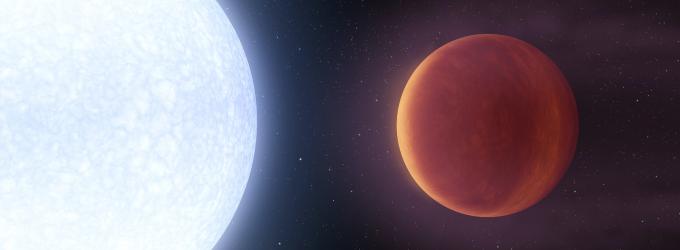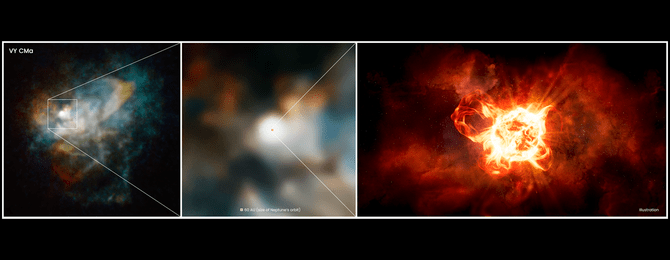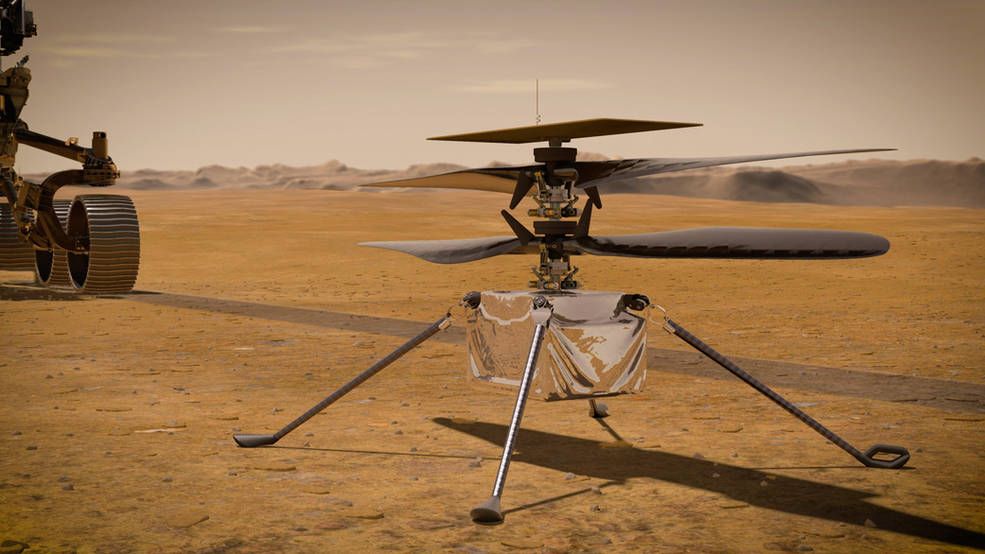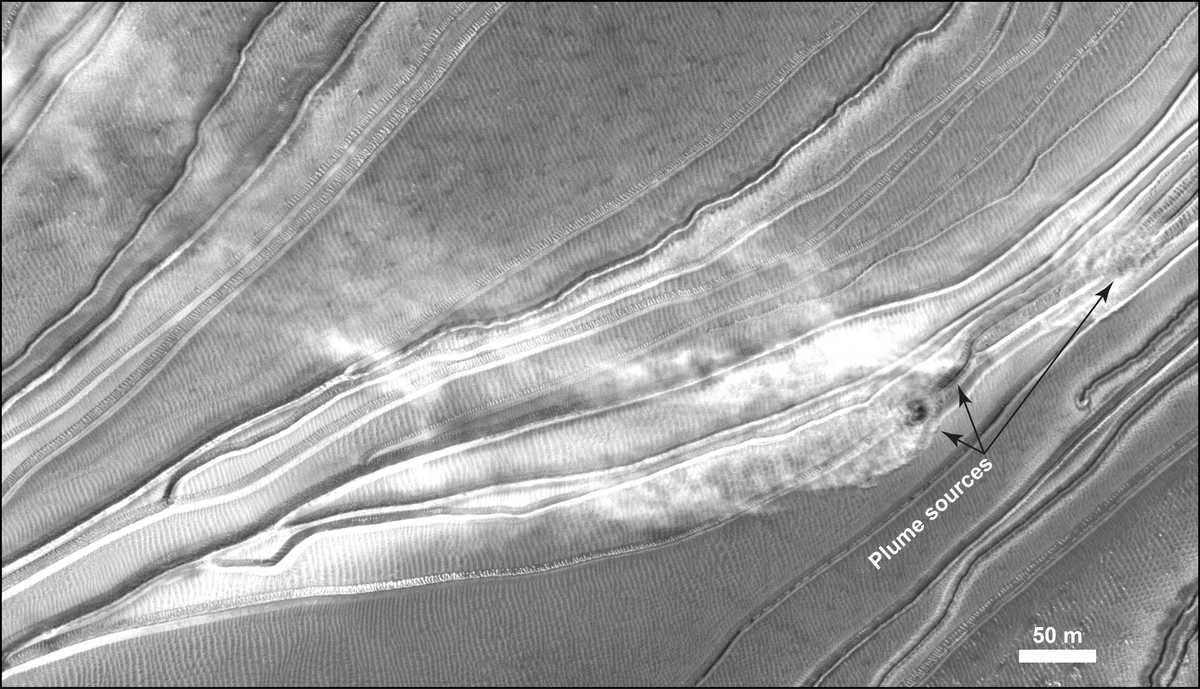Panspermia is an idea that has been around for a long time. It was first mentioned in the 5th century BC by Anaxagoras, one of the most prominent pre-Socratic philosophers. The problem with the theory is that there’s never really been any evidence to back it up. That lack of evidence has changed dramatically in the last 20 or so years, and recently more data has been added to that dataset. A team from Royal Holloway, part of the University of London, found organic material and water in a sample of Itokawa, the asteroid the first Hayabusa mission visited over 10 years ago.
Continue reading “Organic Material Found on an Asteroid Sample Returned by Hayabusa 1”Vega Might Have a Planet
Vega is one of the brightest and best known stars in the night (or even twilight) sky. Located in the constellation Lyra, it is only 25 light years from Earth, and about twice our Sun’s mass. And now, astronomers might have found one of the hottest known planets orbiting it extraordinarily quickly.
Continue reading “Vega Might Have a Planet”VY Canis Majoris is “Like Betelgeuse on Steroids”
The disappearance of a star can take many forms. It could go supernova. It could turn into a black hole. Or it could just fade away quietly. Sometimes, the last of these is actually the most interesting to observe. That is the case for one of the largest stars ever found – VY Canis Majoris, a red supergiant approximately 3840 light years away in the Canis Major constellation.
Continue reading “VY Canis Majoris is “Like Betelgeuse on Steroids””Astronomers Track a Neutrino Back to the Source. Where a Black Hole Tore Apart a Star
Neutrinos are notoriously finicky particles. Hundreds of trillions pass through a person’s body every second, yet they hardly seem to interact with anything (though they actually do a lot). Even more hard to find are the “high energy” neutrinos that are believed to be formed as the outcome of some of the most violent events in the universe. Now, researchers using NASA’s Swift telescope have found a high energy neutrino for the first time from one type of those ultra-violent events – a tidal disruption. But something was a little bit off about it.
Continue reading “Astronomers Track a Neutrino Back to the Source. Where a Black Hole Tore Apart a Star”Space Missions are Building Up a Detailed Map of the Sun’s Magnetic Field
Solar physicists have been having a field day of late. A variety of missions have been staring at the sun more intently ever before (please don’t try it at home). From the Parker Solar Probe to the Solar Orbiter, we are constantly collecting more and more data about our stellar neighbor. But it’s not just the big name missions that can collect useful data – sometimes information from missions as simple as a sounding rocket make all the difference.
That was the case for a group of scientists focused on the Sun’s chromosphere, the part of the suns’ atmosphere between the photosphere and the corona that is one of the least understood parts of the star. Now, with data collected from three different missions simultaneously, humanity has its first layered view of how the sun’s magnetic field works in this underexplored zone.
Continue reading “Space Missions are Building Up a Detailed Map of the Sun’s Magnetic Field”Mining Water and Metal From the Moon at the Same Time
In-situ resource utilization (ISRU) is becoming a more and more popular topic as space exploration begins to focus on landing on the surface of other bodies in the solar system. ISRU focuses on making things that are needed to support the exploration mission out of materials that are easily accessible at the site being explored. Similar to how European explorers in the New World could build canoes out of the wood they found there.
Recently NASA’s Institute for Advanced Concepts (NIAC) has started looking more closely at a variety of ISRU projects as part of their Phase I Fellows program. One of the projects selected, led by Amelia Grieg at the University of Texas, El Paso, is a mining technique that would allow explorers to dig up water, metal, and other useful materials, all at the same time.
Continue reading “Mining Water and Metal From the Moon at the Same Time”NASA Invests in a Plan to Build Landing Pads and Other Structures on the Moon out of Regolith
Materials are a crucial yet underappreciated component of any space exploration program. Without novel materials and ways to make them, things that are commonplace today, such as a Falcon 9 rocket or the Mars rovers, would never have been possible. As humanity expands into the solar system, it will need to make more use of the materials found there – a process commonly called in-situ resource utilization (ISRU). Now, the advanced concepts team at NASA has taken a step towards supporting that process by supporting a proposal from Dr. Sarbajit Banerjee, a chemist at Texas A&M. The proposal suggests using lunar regolith to build a stable landing pad for future moon missions.
Continue reading “NASA Invests in a Plan to Build Landing Pads and Other Structures on the Moon out of Regolith”The Mars Helicopter Could Charge up the Atmosphere Around Itself as it Flies
Plasma globes are a common enough sight in retails stores across the rich world. If you’ve ever seen one and gotten a chance to touch it, you’ve seen how the plasma will arc toward your touch creating a sense that you’re able to harness electricity like Thor.
That effect does not only take place on Earth – anywhere there is a charge build-up that causes a high enough electrical potential between two points to create an electrical glow or corona. Now a team at NASA think that a large charge build-up might occur when Ingenuity, Perseverance’s helicopter companion, takes to the sky.
Continue reading “The Mars Helicopter Could Charge up the Atmosphere Around Itself as it Flies”Sand Dunes on Mars Shift From Season to Season
Mars’ gravity makes it an amazing place to find some of the biggest landscapes in the solar system. Those would include the solar system’s biggest sand dune – one that resides in Russell crater. Now, a team of scientists led by Dr. Cynthia Dinwiddie noticed something unique about the sides of this massive dune. Occasionally gullies form along its surface. Dr. Dinwiddie’s novel explanation for this phenomena – boulders of CO2 rolling down the dune’s surface.
Continue reading “Sand Dunes on Mars Shift From Season to Season”A new Method to Capture High-Resolution Images of Space Debris
“You can’t hit what you can’t see” is a common phrase in sports and was originally derived to describe baseball pitcher Walter Johnson’s fastball. But the same goes for things with a more serious spin, such as some of the millions of pieces of debris floating in Low Earth Orbit (LEO). Now, a team of researchers have come up with a new imaging system that will allow agencies and governments to closely track some of the debris that is cluttering LEO and potentially endangering humanity’s future expansion to the stars.
Continue reading “A new Method to Capture High-Resolution Images of Space Debris”









